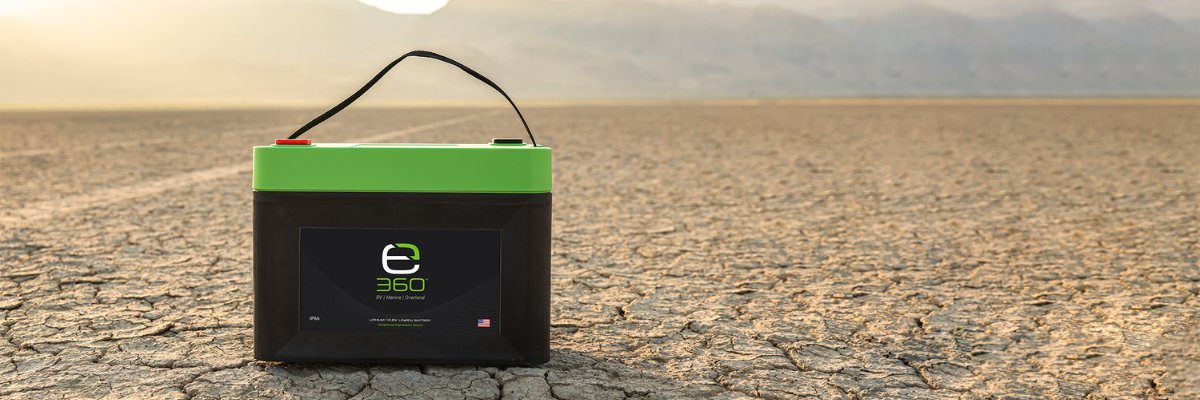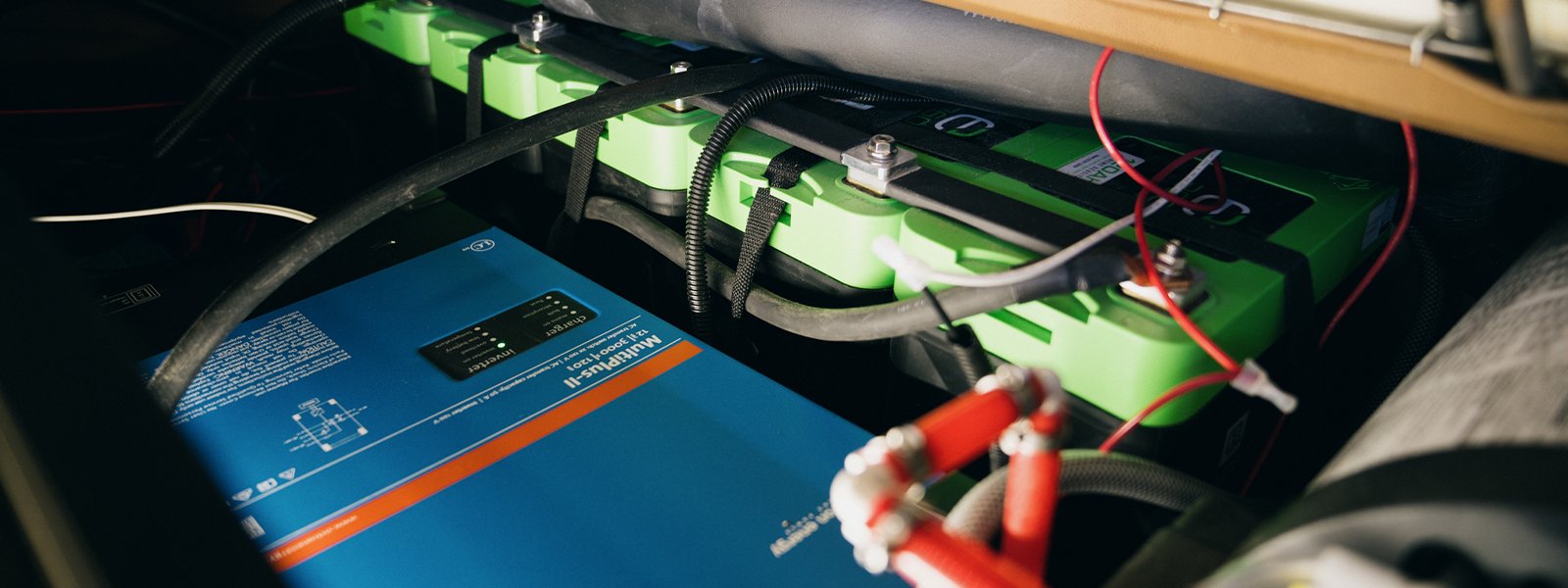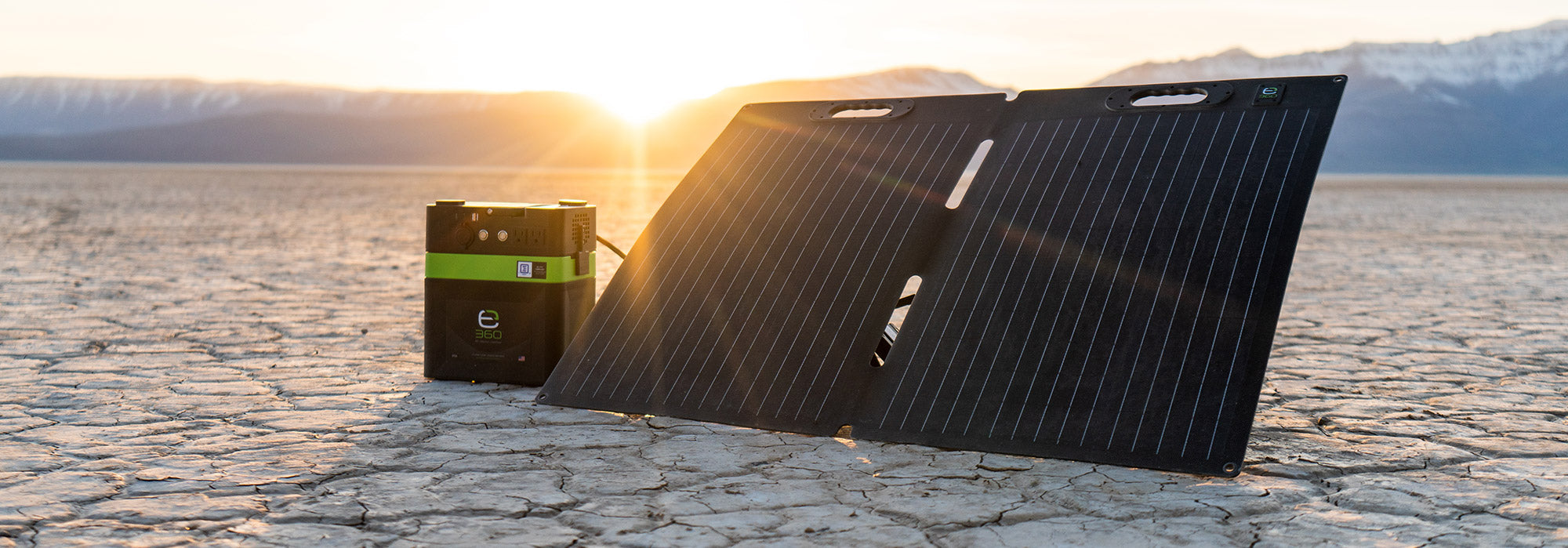The Complete Guide to Lithium Battery Charging
It should go without saying, but a battery is only as useful as its charging capabilities—and your understanding of your charging needs. To get you on the way to forging new paths, we’ve compiled everything you need to know about charging benefits, basics, and best practices. Read on for the expert know-how!
The Importance of Proper Lithium Battery Charging
Before we get into the basics of lithium battery charging, let’s talk about the “why.” Besides the obvious fact that, without charging, your battery becomes useless, there are plenty of other benefits to charging within the parameters of the battery’s capability and your application needs.
Longevity: Following charging best practices maintains your battery’s long life (ten times that of a standard lead acid).
Performance: You ensure optimal and efficient battery performance when keeping to recommended voltage and current limits.
Safety: Following proper guidelines and not overcharging or using incompatible chargers can prevent fire or other safety concerns.
Convenience: Rapid and convenient energy replenishment means you don’t have to stop your travels short.
Charging Basics: Know Before You Go
Before installing your new lithium iron phosphate battery into your rig, it’s important to understand the nuances of lithium battery charging systems. First and foremost, standard lead-acid battery chargers cannot charge LiFePO4 chemistry. Li-ion batteries like Expion360’s have a unique charging algorithm, and most chargers have a minimum two- or three-state charging profile. For example, two-stage utilizes a bulk state and an absorption stage, whereas three-stage utilizes a bulk stage, absorption stage, and float stage.
Beyond this, there are five types of chargers:
Portable Charger
Portable chargers are extremely useful when troubleshooting your system because they’re small and able to connect easily. Given their range of five to 25 amps of charging capacity, they’re not made for charging large battery banks. They can, however, charge individual batteries or small-capacity banks. As far as convenience goes, they’re the clear front runner, not requiring any installation to access 120V AC.
Explore E360’s portable charging options.
Converter Charger
Converter chargers are permanently installed in your Overland, RV, or marine application. As standalone units, they’re commonly powered by 120V AC provided by shore power with an output of 12V DC. These units are typically installed next to the power center of your application to facilitate access to shore power AC and connect their output to the DC load bank. One thing to note is if your power center has a built-in converter (many newer systems do). Regardless, these require a lithium charge profile capability and provide anywhere from 30 to 80 amps of charging current.
Explore E360’s converter charging options.
Inverter Charger
The real muscle of the lithium battery charging family, Inverter chargers have a higher amperage charging capability than portable or converter chargers. When in inverter mode, they have the unique ability to provide an output of 120 or 240C AC by using the battery bank DC output. However, this requires an input from your battery bank using properly sized cables, fusing, and a disconnect switch. These chargers also require an AC input from the shore power source.
Explore E360’s inverter charging options.
Solar Charge Controller
When it comes to solar charger controllers, there are two main types: maximum power point tracking (MPPT) tech and pulse width modulation (PWM) tech. However, our team no longer recommends PWM controllers as they’re less efficient and more susceptible to voltage spikes. Instead, our product line includes the 30% more efficient MPPT controller. For these, the input comes directly from your roof-mounted solar panels or portable panels at ground level. The DC output in this power setup is called photovoltaic (PV voltage). A solar charge controller converts the PV voltage into the suitable voltage for charging your batteries. Best practice is to mount the solar charge controllers as close as possible to the solar panels.
Explore E360’s solar charging options.
Mobile DC to DC Charger
Last in the need-to-know lithium battery charging list is a mobile DC to DC charger. This type allows you to accomplish your charging needs on the move by taking power from your vehicle drive motor alternator output and converting it into usable voltage for your batteries. Their charging capacity ranges from 25 to 50 amps, and, sometimes, two units can be used to double the power. It’s important to verify the current rating of your alternator(s) can supply the power needs of the DC to DC charger configuration and to install as close as possible to the auxiliary battery.
Explore E360’s mobile DC to DC charging options.
Best Practices to Protect Your Investment
A robust renewable energy system for your rig is an investment—one you can protect with optimal charging techniques and proper usage. Understanding things like charge rates, voltage settings, balancing, and safety measures can be the difference between long-term travel and coming up short.
One of the first things we have customers ask themselves is, ‘Does my charging system have the lithium iron phosphate profile?’ From this basic question, ensuring the correct voltage and current are introduced at the proper times for all stages of the charging cycle is important. Our expert support team is happy to walk customers through the intricacies of charge rates, but on a high level, selecting the right charge rate is expressed as ratios of C.
For an individual battery, you can establish a C ratio directly, whereas you will need to calculate the effective capacity of a battery bank. For example, if you have four 120 Ah batteries in parallel, you will have a 480 Ah total bank capacity. This number times the optimal charge rate of 0.2C equals 96 amps.
In addition to charge rate, monitoring ambient temperature and mitigating temperature extremes dramatically impacts lithium battery charging. Especially when charging at a C rate, it’s best not to charge during extreme temperature swings, store your battery inside, or utilize E360 thermal kits when necessary. Taking these steps reduces the chance of the BMS automatically shutting down and disrupting the charging process.
If your battery is wired in series, it’s worth considering a multi-bank charger to give each battery a full charge. A battery balancer can also help to optimize your configuration. For all configurations, a battery monitor is an invaluable tool to follow your battery health in real-time.
When to Call Support for Lithium Battery Charging
The last consideration in the charging process is troubleshooting. Before calling the expert technicians on the E360 support team, check the following:
- Verify your charger is set to the lithium charger profile and that the correct settings are programmed.
- Check your batteries are the same manufacturer, capacity, and age.
- Confirm all battery wiring is correct (connections are tight, cables are in balanced configurations, fusing is functional, etc.)
- Use a digital voltmeter to set DC volts, measure the battery bank voltage, and record levels.
- For solar, verify there’s sufficient sun, panels are free of debris, and all connections and wiring are correct and undamaged.
When in doubt, our team is easily reachable by phone at (541) 797-6714 and by email at support@expion360.com.
Find Your Renewable Energy Solution at Expion360
At Expion360, we’ve spent a decade-plus incorporating the latest advancements in charging methods into our battery systems. Whether you’re just getting started or want to better optimize your renewable energy system, we hope this guide to lithium battery charging enlightens and empowers you! Follow us next month as we continue the conversation with a deep dive into solar and DC to DC charging. Happy trails!
Explore the collection here.
For a visual explanation of this blog, watch the corresponding YouTube videos (here and here) on our channel.





